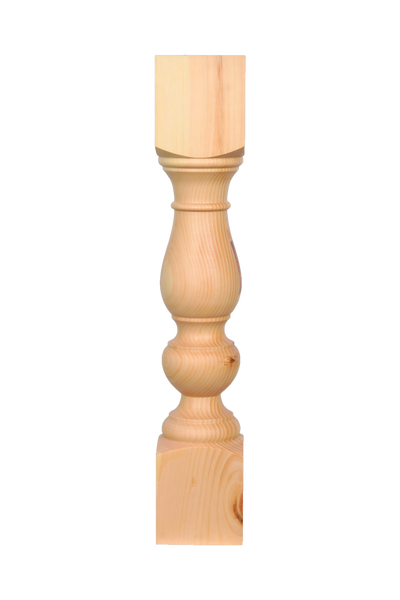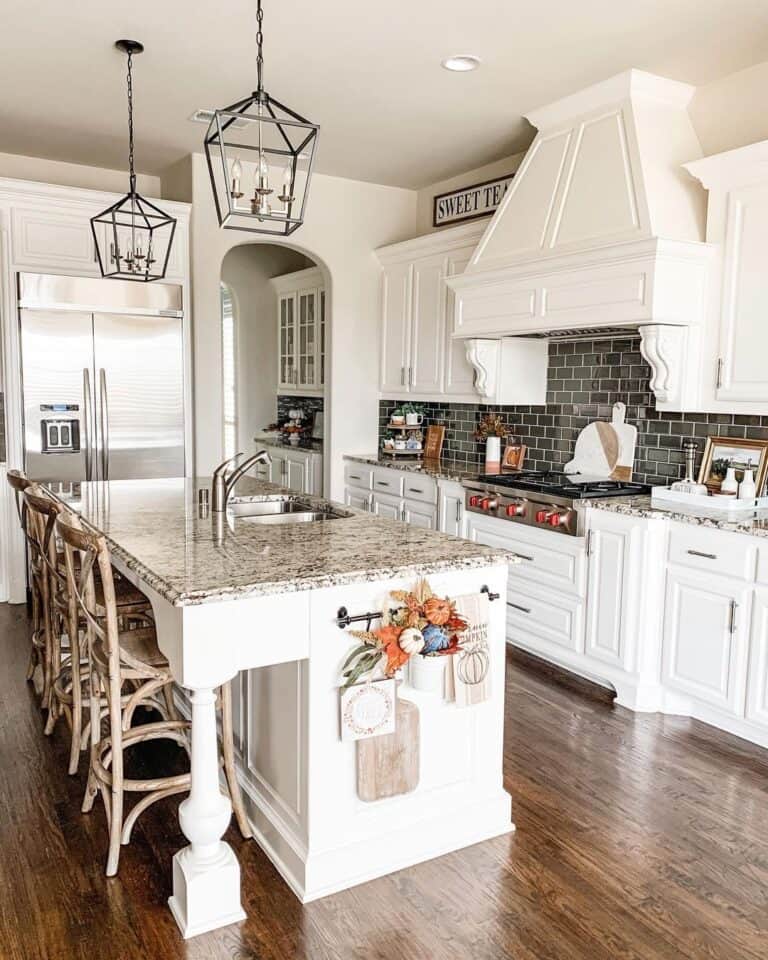Crucial Tips for Picking the Perfect Dining Table for Your Kitchen
Picking the ideal table for your cooking area is greater than just an issue of taste; it demands a comprehensive understanding of your space and needs. Begin by gauging your offered area to guarantee ample clearance for movement. The form of the table plays a critical duty; while rectangular tables suit larger locations, rounded ones foster affection, and extendable choices use versatility. Product option is similarly essential, with hardwoods offering longevity and glass financing a modern-day touch. The table should harmonize with your kitchen's looks and suit your family conveniently. What other aspects might affect this vital decision?
Measure Your Area
Choosing the excellent dining table begins with a careful analysis of your available area. This fundamental step guarantees that the table not only fits conveniently within the space however additionally enhances the general design and functionality of your eating location. Begin by measuring the measurements of the area, taking into consideration doorways, windows, and any kind of existing furnishings. This will aid you determine the optimum allowed size for your table.
It is crucial to leave sufficient space for chairs to be drawn out and for people to move around the table without blockage. A basic guideline of thumb is to allow at least 36 inches of clearance from the side of the table to the closest wall or item of furniture.
Additionally, consider the variety of people you typically entertain and whether you need extra room for visitors. Selecting an extendable table can supply versatility, enabling you to suit differing varieties of diners. By precisely determining your area, you prepared for choosing an eating table that boosts both the aesthetic appeals and capability of your eating location.
Pick the Right Forming

On the various other hand, round tables are exceptional for smaller cooking areas or intimate gatherings, as they promote conversation by permitting everyone to face each other. They likewise give a feeling of comfort and can fit well in tighter spaces because of their absence of sharp edges. Oblong tables offer the very best of both globes, incorporating the size of rectangular tables with the intimacy of round ones, making them versatile for different setups.
Square tables are an additional alternative, particularly suited for square-shaped rooms. They produce a in proportion and contemporary appearance, promoting an equivalent eating experience for all seated. They might be much less sensible for larger events unless they come with extensions. Inevitably, the form you select should align with your area measurements and way of life to guarantee both form and feature.
Product Considerations
When choosing an eating table, material factors to consider are paramount in establishing the table's resilience, upkeep requirements, and overall visual. Timber is a classic selection, using ageless appeal and effectiveness. Woods like mahogany, walnut, and oak are specifically sturdy, though they can be costly. kitchen island legs. Softwoods, such as ache, are a lot more affordable but might be prone to scrapes and dents.
Glass-topped see tables offer a modern-day, sleek appearance and can make an area appear bigger due to their openness. However, they require regular cleansing to stop finger prints and spots. In addition, toughened up glass is advised for its additional toughness and safety and security.

Finally, composite materials like MDF (Medium-Density Fiberboard) or plywood are affordable alternatives. These materials can imitate the appearance of solid timber yet might not offer the exact same durability. They are normally much easier to tidy yet can be susceptible to water damage if not appropriately secured.
Ultimately, the choice of material need to straighten with your kitchen's style, your lifestyle needs, and your budget restraints. (kitchen island legs)
Seating Ability and Convenience
How do you figure out the best seats capacity and convenience for your eating table? For a family of 4, a rectangle-shaped table of 48 inches long or a round table with a 48-inch diameter is usually sufficient.
The elevation of the table need to ideally be around 30 inches, supplying a balanced ergonomic stance for seated restaurants. Chairs need to have a seat height of 18 to 20 inches to make certain a comfy dining posture.
Style and Visual Appeal
Choosing a table that matches your style and appearance involves balancing personal taste with the existing decoration of your eating area. The eating table is commonly the focal point of the kitchen area, and its layout should match the total motif of the room. Whether your kitchen boasts a modern, minimalist look or a rustic, farmhouse appeal, the table you pick should balance with these components to create a cohesive and welcoming my site ambience.
Take into consideration materials meticulously; timber offers an ageless allure and can vary from abundant resource mahogany for a traditional seek to lighter oak for a modern feeling. Metal and glass tables, on the other hand, can present a smooth, commercial edge to your kitchen. Don't overlook the table's shape-- rectangle-shaped tables are functional and timeless, while round and oblong alternatives can cultivate an extra intimate dining experience.
Furthermore, pay very close attention to information and surfaces. A distressed finish may include personality and warmth, whereas a glossy surface can add to a tidy, modern visual. Eventually, your eating table ought to not just in shape seamlessly right into your kitchen's style yet also show your individual style, raising the room both functionally and visually.
Final Thought
In conclusion, selecting the ideal dining table for a kitchen area requires cautious examination of area, shape, material, seating capacity, and aesthetic consistency. Inevitably, an appropriate eating table promotes a welcoming atmosphere and accommodates the household comfortably, hence boosting the eating experience.

When choosing a dining table, material factors to consider are extremely important in establishing the table's resilience, maintenance demands, and general aesthetic. For a family members of four, a rectangular table of 48 inches long or a round table with a 48-inch size is normally sufficient.
Do not neglect the table's shape-- rectangle-shaped tables are traditional and functional, while round and oblong options can cultivate a much more intimate eating experience. kitchen island legs.